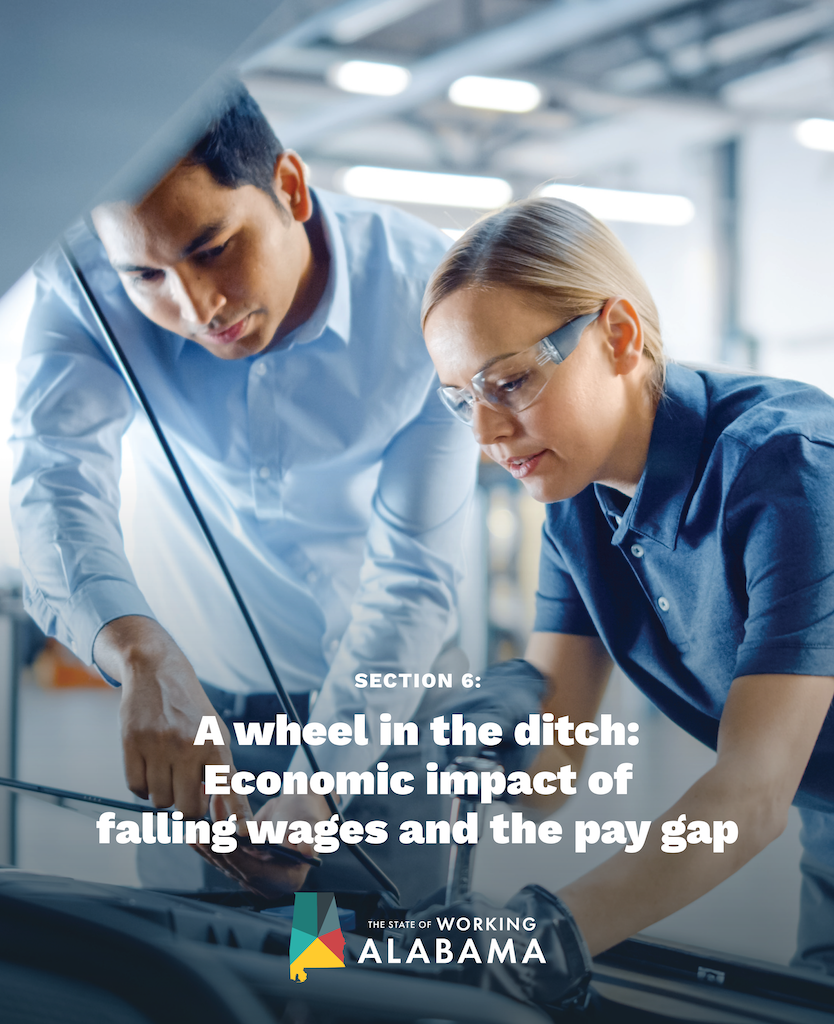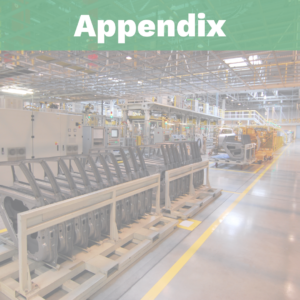Alabama’s autoworkers are living through a 20-year story of wage loss and unequal pay. This trend doesn’t harm only the individual auto employee who earned less this year than last. It also impacts employees across the entire industry and holds back Alabama’s overall economy.
Unequal pay and declining wages take money out of autoworkers’ pockets that they otherwise would spend buying groceries, paying for housing, putting gas in their cars and buying all kinds of other goods and services from locally owned businesses. Lower wages mean lower sales at local businesses, and lower sales mean less revenue that businesses can invest in job creation, wages, capital investment and purchasing from key suppliers, which in turn lose revenue and profitability. In short, auto companies’ unwillingness to pay Alabama workers as much as they did in 2002 – and failure to pay their workers the same across race and gender – has ripple effects across Alabama’s economy, ultimately holding back job creation, household income and economic growth. In turn, this holds down tax revenues that otherwise could have funded important investments in public infrastructure and shared prosperity like roads, education and health care.
Given Alabama’s ongoing struggles with elevated poverty rates, lower educational attainment and lower household incomes than the nation broadly, the state cannot afford to ignore the economic damage caused by the auto industry’s missing wages and unequal pay or to allow it to continue at the expense of Alabamians.
Specifically, unequal pay and declining wages in the auto industry have hurt Alabama’s economy in the following ways:[100]
- Twenty years of wage loss in the auto industry. Alabama’s autoworkers earned $7,770 less on average in 2019 than they did in 2002. Added across all 44,904 autoworkers in the state, this combined wage loss equaled $348,926,144 in total labor income that Alabama’s auto employees never saw and that never entered Alabama’s economy. In turn, the ripple effects of just one year of these lost earnings subtracted 1,622 jobs, $418 million in additional labor income and $586 million in GDP from Alabama’s overall economy.
- The pay gap between white and Black autoworkers. Alabama’s Black autoworkers were paid $11,888 less on average in 2019 than white workers in the industry. Added up across all 18,235 Black workers in the industry, unequal pay cost them a combined $216,779,727 in lost earnings in 2019 alone. In turn, the ripple effects of these lost earnings subtracted 1,008 jobs, $260 million in additional labor income and $298 million in GDP from Alabama’s overall economy.
- The pay gap between white and Hispanic autoworkers. Alabama’s Hispanic autoworkers were paid $14,793 less on average in 2019 than white autoworkers. Added up across all 1,668 Hispanic employees in the industry, unequal pay cost them a combined $24,675,315 in lost earnings in 2019 alone. In turn, the ripple effects of these lost earnings subtracted 115 jobs, $34 million in additional labor income and $41.5 million in GDP from Alabama’s overall economy.
- The pay gap between men and women in the auto industry. Women working in Alabama’s auto industry were paid $19,150 less on average in 2019 than men. Taken together across all 13,770 female autoworkers, unequal pay cost them a combined $263,691,203 in lost earnings. In turn, the ripple effects of these lost earnings subtracted 1,226 jobs, $316 million in additional labor income and $443 million in GDP from Alabama’s overall economy.
Until auto employers reverse course, pay their workers more and end these troubling racial and gender pay gaps, the people of Alabama will continue to suffer these kinds of negative impacts every year.
Additional sections
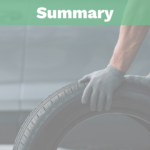 Executive summary
Executive summary
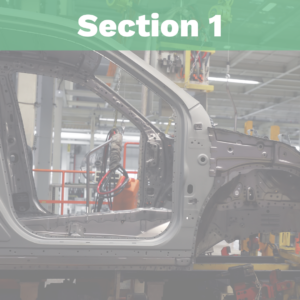 Introduction
Introduction
 The high stakes and big bet on Alabama’s auto industry
The high stakes and big bet on Alabama’s auto industry
 The ways the bet on auto benefited Alabama
The ways the bet on auto benefited Alabama
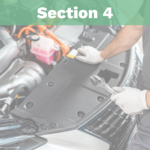 A wheel in the ditch: Autoworkers see falling pay
A wheel in the ditch: Autoworkers see falling pay
 A wheel in the ditch: Pay gaps and occupational segregation
A wheel in the ditch: Pay gaps and occupational segregation
 A wheel in the ditch: Working conditions worsen
A wheel in the ditch: Working conditions worsen
 The auto industry and Alabama’s low-road economic development approach
The auto industry and Alabama’s low-road economic development approach
 What we should do next
What we should do next


